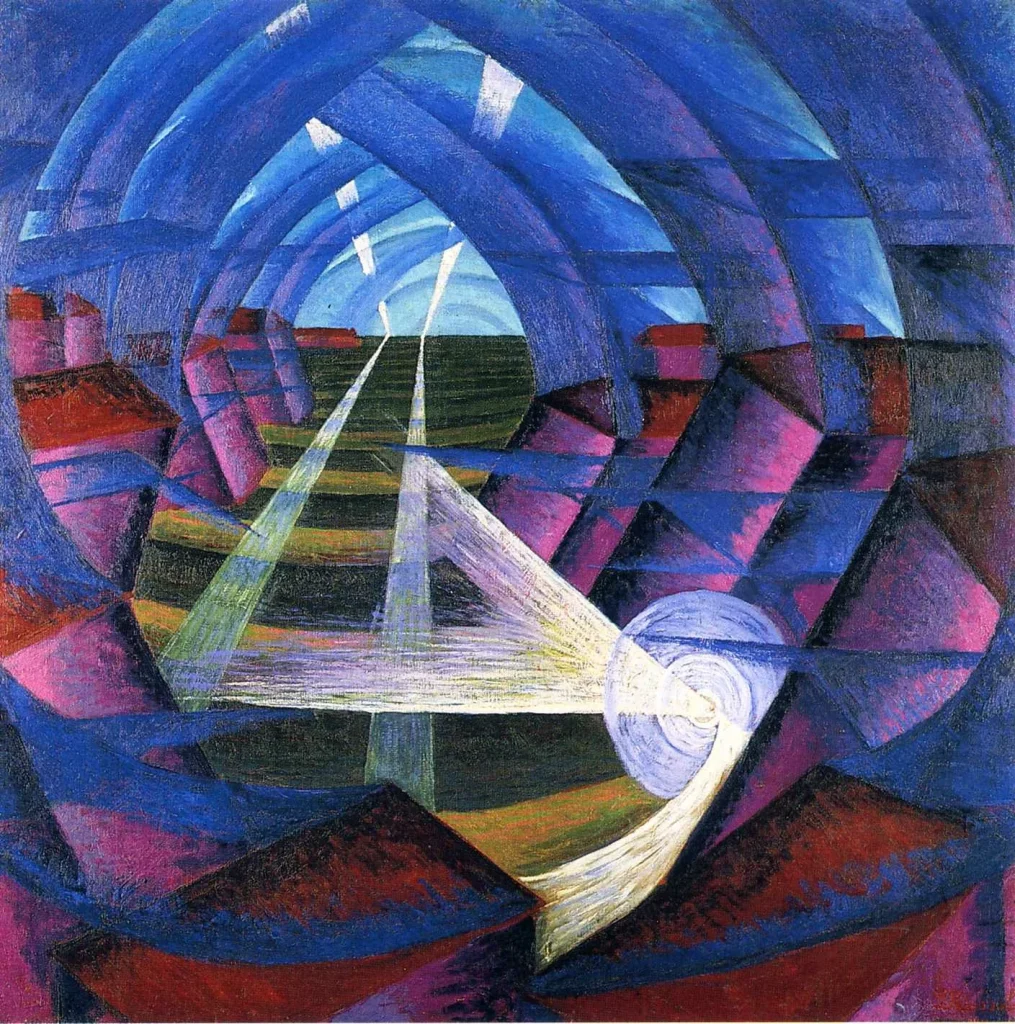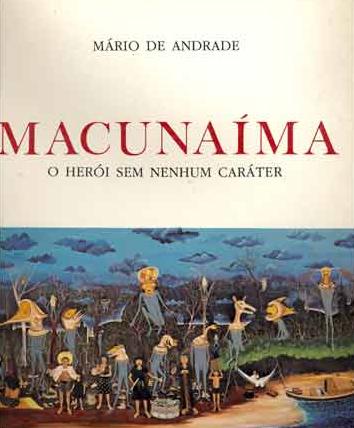
The avant-garde artistic movement known as synchromism was founded in Paris in 1913 by the American modernist painters Morgan Russell and Stanton Macdonald-Wright. Initially focused on figurative art, the two artists, after relocating to the French capital, began to explore the properties and effects of color, drawing inspiration from the artistic currents that had emerged in the late 19th century. Russell coined the term “synchromism” by combining the word “symphony” with “chrome,” inspired by idea of color and music blending together. The resulting artwork, called synchromies, used the color scale in a manner similar to how notes are arranged in a musical composition. Synchromism, in its prismatic approach to space through the decomposition of light, is grounded in the belief that color and sound are analogous phenomena. Color, in this sense, can be orchestrated on canvas or paper in much the same way a composer arranges frequencies, timbres, and modulations in a musical score.
The idea that a painting could be conceived based on a predetermined chromatic range was circulating in the artistic manuals of the time. Russell seemingly drew on the ideas of Canadian painter Percyval Tudor-Hart, whose lectures he attended with Macdonald-Wright in Paris. Tudor-Hart believed that sounds and colors are similar, both in their psychological effects and in the way they are perceived. Convinced that exact physical and mathematical correspondences between the two phenomena could be demonstrated, he proposed that, just as musical octaves are based on the progressive increase in frequencies, a similar principle applies to color scales.

When considering other sound parameters, he drew parallels between acoustics and optics: pitch corresponds to brightness, intensity to color saturation, and timbre to the tone of color. In traditional chromatic models, the colors of the spectrum are uniformly distributed around a circle. However, in the pattern proposed by Tudor-Hart, the three primary colors—red, yellow, and blue—are equidistant, as are the three secondary colors—orange, green, and violet (or purple). By inserting six intermediate or tertiary colors between the primaries and secondaries, a chromatic circle consisting of twelve colors is formed. If each sector of this circle corresponds to a semitone in music, one could theoretically construct major and minor scales of light frequencies by selecting a different color as the tonic for each scale.

Macdonald-Wright’s Treatise on color, a self-published theoretical guide for the students at the Art Students’ League of Los Angeles, closely resembles the approach proposed by Tudor-Hart. In this work, Macdonald-Wright provides a detailed discussion on how to create color scales and demonstrates how chord inversions, transpositions, and modulations between keys can be achieved. To help readers visualize these concepts, he suggests imagining the twelve colors arranged along a keyboard, with each primary, secondary, or tertiary color corresponding to a specific note of the musical scale.
This according to the entry on synchromism by Cristina Santarelli in DEUMM Online.










